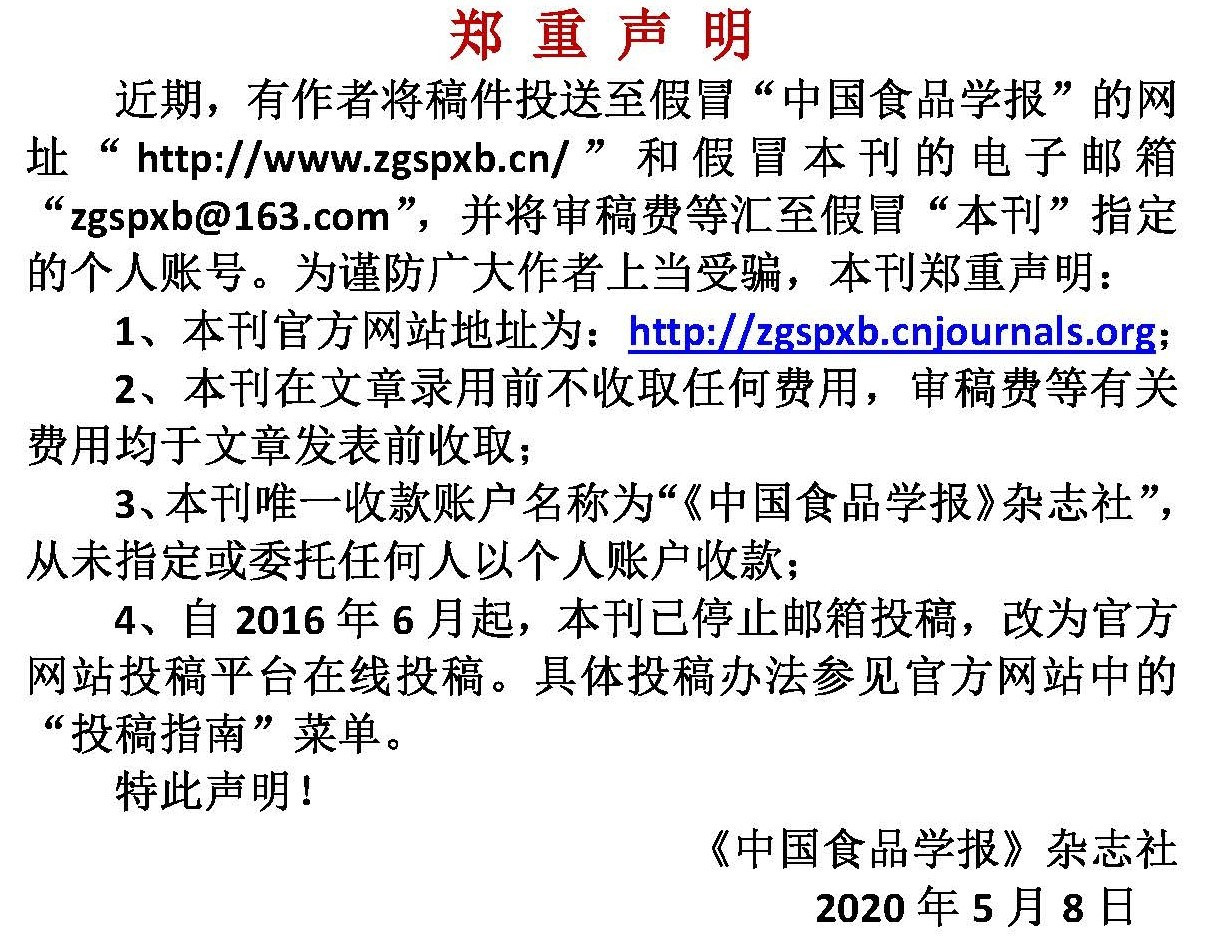基于惩罚分析与偏好图技术的辣条消费接受性分析
作者:
作者单位:
(1.上海大学生命科学学院 上海 200444;2.中国标准化研究院农业食品标准化研究所 北京 102200;3.三只松鼠股份有限公司 安徽芜湖 241000)
作者简介:
通讯作者:
中图分类号:
基金项目:
Analysis of Consumption Acceptance for Spicy Strip Using Penalty Analysis and Preference Map Technology
Author:
Affiliation:
(1.School of Life Sciences, Shanghai University, Shanghai 200444;2.Institute of Agricultural Food Standardization, China National Institute of Standardization, Beijing 102200;3.Three Squirrels Co., Ltd., Wuhu 241000, Anhui)
Fund Project:
引用本文
岳营峰,史波林,赵镭,高海燕,钟葵,汪厚银,王思思,顾千辉.基于惩罚分析与偏好图技术的辣条消费接受性分析[J].中国食品学报,2023,23(12):438-448
复制分享
文章指标
- 点击次数:
- 下载次数:
- HTML阅读次数:
历史
- 收稿日期:2022-12-19
- 最后修改日期:
- 录用日期:
- 在线发布日期: 2024-01-23
- 出版日期:
文章二维码

版权所有 :《中国食品学报》杂志社 京ICP备09084417号-4
地址 :北京市海淀区阜成路北三街8号9层 邮政编码 :100048
电话 :010-65223596 65265375 电子邮箱 :chinaspxb@vip.163.com
技术支持:北京勤云科技发展有限公司
地址 :北京市海淀区阜成路北三街8号9层 邮政编码 :100048
电话 :010-65223596 65265375 电子邮箱 :chinaspxb@vip.163.com
技术支持:北京勤云科技发展有限公司
